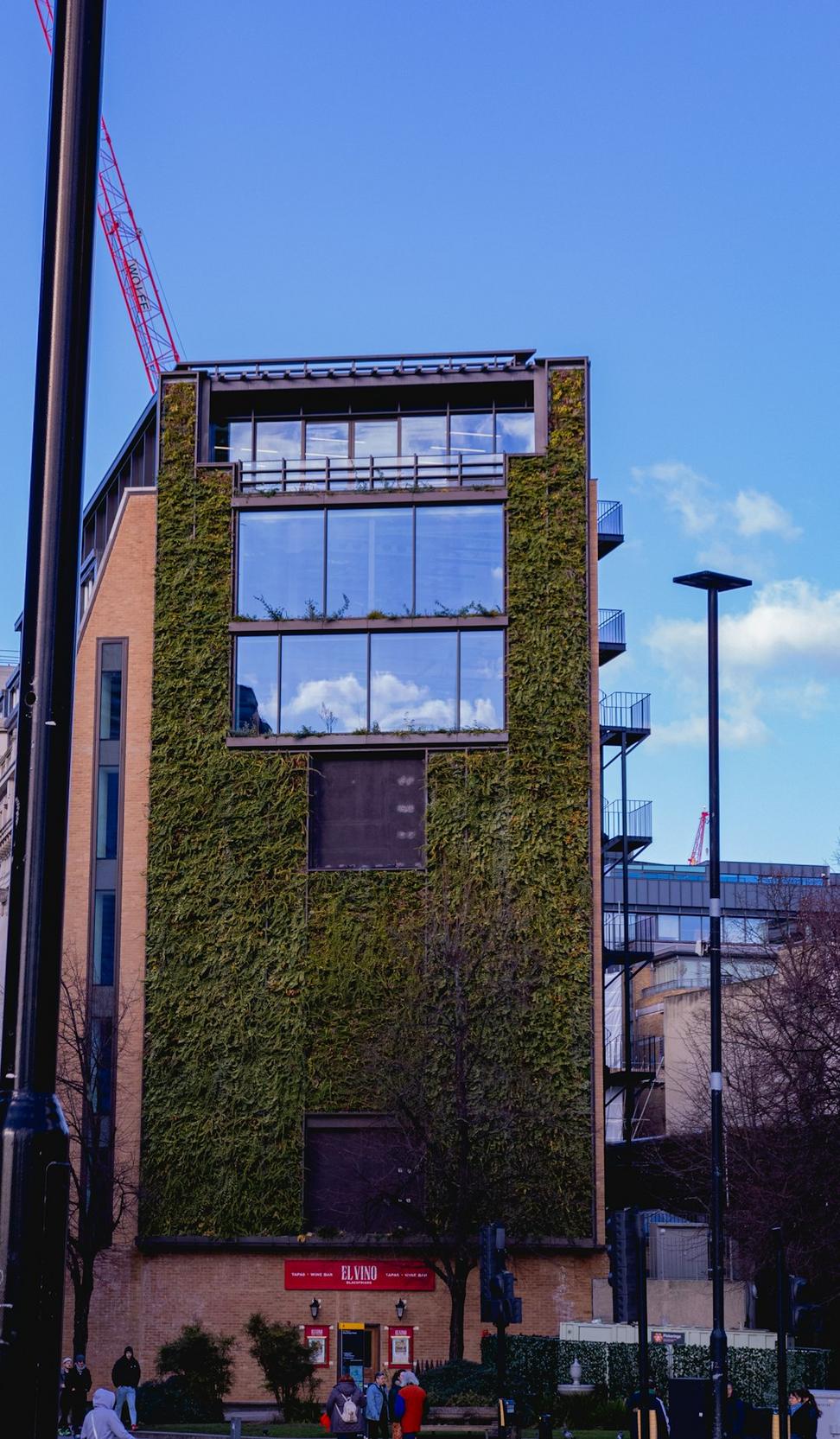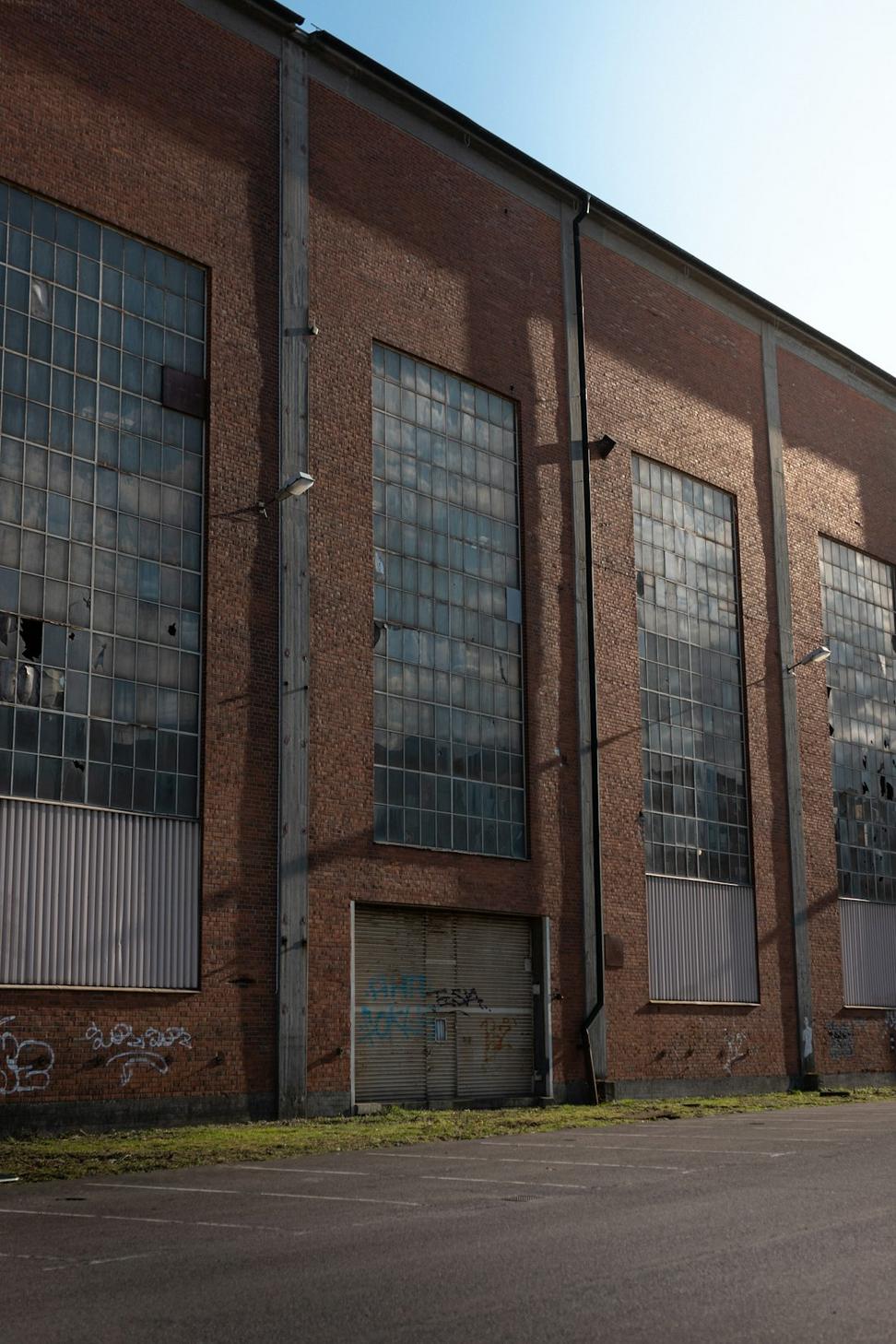
Our Approach to Green Design
Look, we're not gonna pretend we've always been perfect. Ten years ago, we were all about steel and concrete with little thought about what happens after. But working on a heritage restoration project in the Distillery District changed everything for us.
We realized that the most sustainable building is often the one that's already standing. That old factory we converted? It's now pulling 40% less energy than a comparable new build, and we kept about 80 tons of material out of landfills.
These days, we approach every project—whether it's a new industrial facility or a contemporary home—with this question: how can we make this last 100 years while using resources like we actually care about the next generation?
